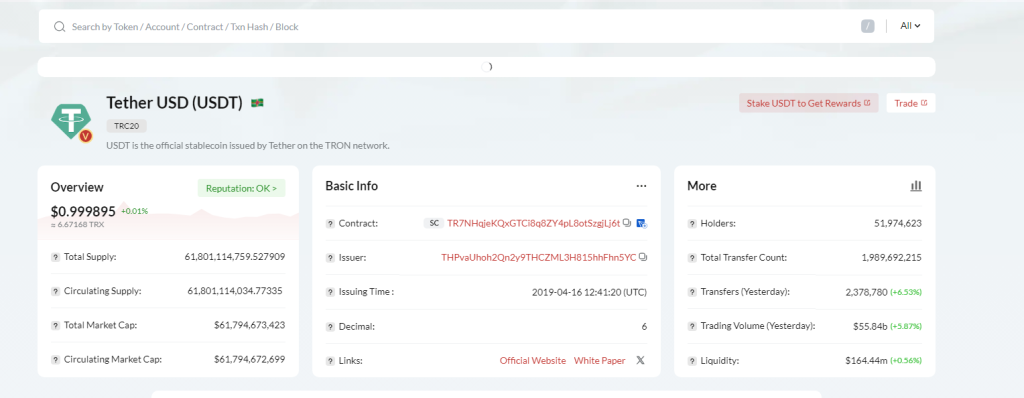Tron Has A More Sustainable Business Model Than Solana, Here’s Why
According to one analyst, Tron, a popular smart contracts platform and a stiff competitor of Ethereum, could be one of the most important layer-1s. Based on his assessment, the platform now serves more as a transactional layer, similar to Bitcoin.
Tron Leads In P2P Stablecoin Transfers
While the network was first known for hosting gaming dapps due partly to its high scalability and low fees, it has evolved over the years. Taking to X, the analyst argues that Tron plays a critical role in banking the unbanked and the underserved in developing economies.
In a post, the analyst notes that Tron has been steadily and gradually carving out a niche by prioritizing the processing of trustless peer-to-peer (P2P) transactions. However, it is a divergence from what other platforms, including Solana, Avalanche, and even Ethereum, are doing, prioritizing trading and DeFi.
By staying the course and adopting a unique approach, the analyst observes Tron is now the leading platform for stablecoin transfers and international remittance, especially in emerging markets.
This position is because Tron dominates USDT transfers. As of September 18, TronScan data shows that over $61 billion USDT was held on Tron, not Ethereum and its layer-2 solutions.

Over 95% Of Tron Users Are Not Traders
Additionally, while citing Artemis data, the analyst notes that a bigger percentage of stablecoin transactions on Ethereum, Ethereum layer-2s, Solana, and other layer-1 networks are from trading, but it is way different in Tron. Here, most USDT and stablecoin transfers are primarily driven by P2P transactions.
In summary, only 5% of stablecoin transfers on Tron over the last year were attributed to malicious maximal extractable value (MEV) bots operating on decentralized or centralized exchanges.

This means that roughly 95% of Tron’s USDT and stablecoin transfers were genuine P2P transfers. A level deeper, the analyst notes that Tron’s stablecoin volume as of mid-September 2024 stands at over $3.3 trillion.
Comparing Tron’s stablecoin activity to Solana’s, the analyst said there is a clear difference. Most stablecoin volumes on Solana are due to trading activities. Although not negative, it points to the difference in user cases and business models taken by developers of each platform.
Last week, Tron partnered with Tether and TRM Labs to weed out financial crime on the network. To make this possible, the three entities formed the T3 Financial Crime Unit to help law enforcement crack down on criminals misusing USDT in their activities.
Feature image from Canva, chart from TradingView
